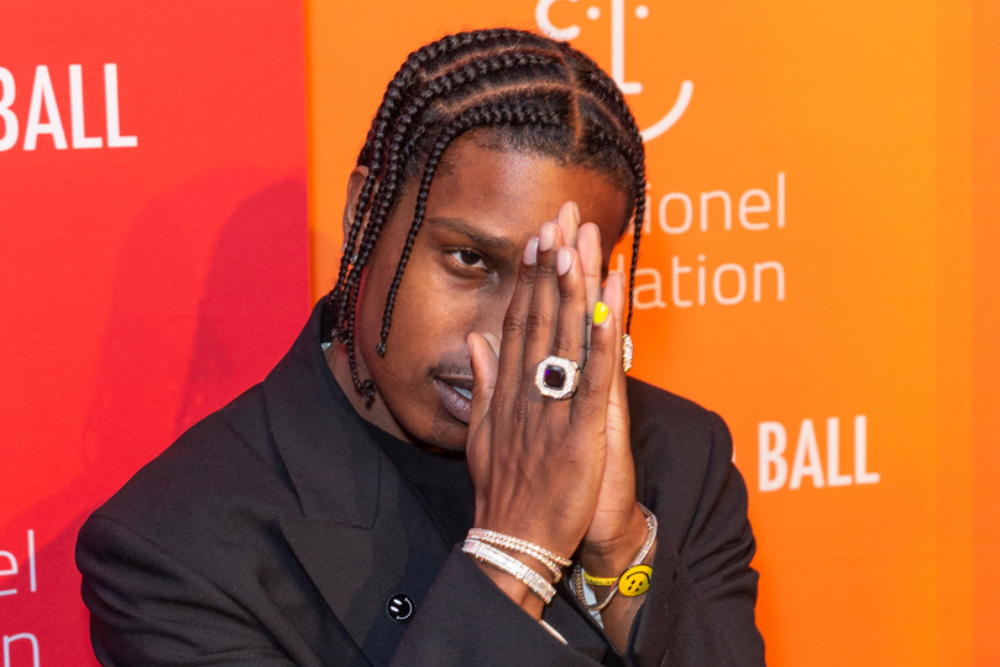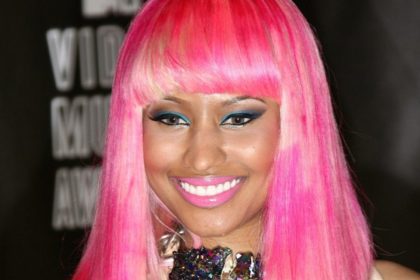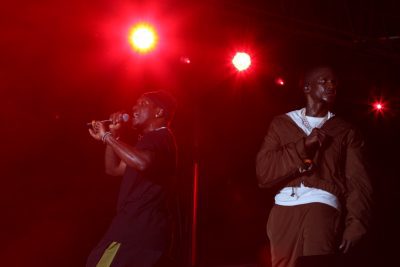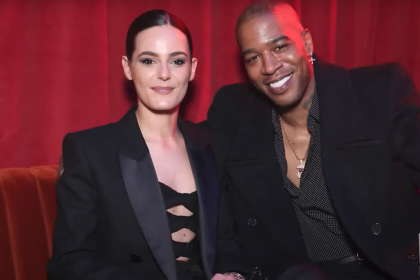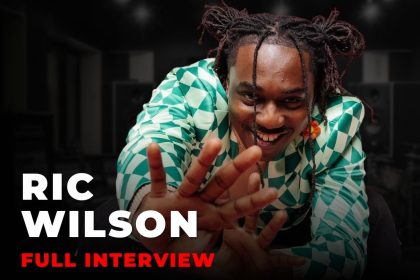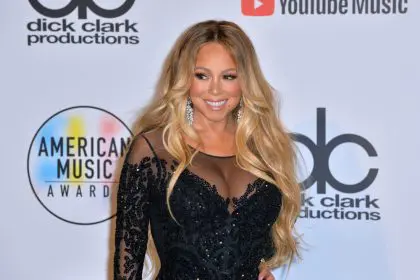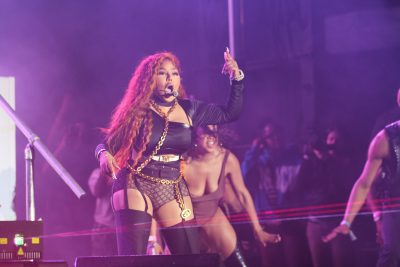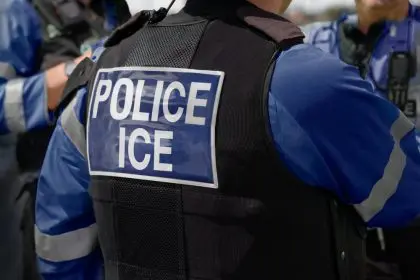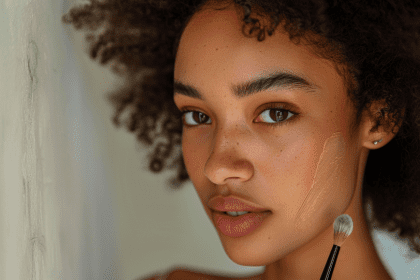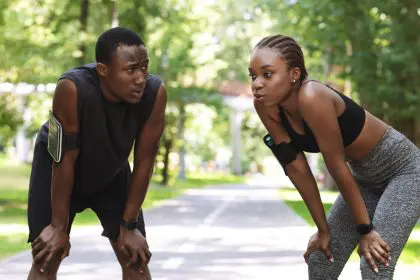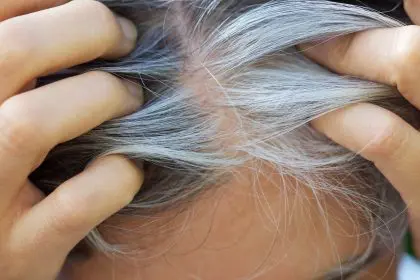In a case that has captured national attention, A$AP Rocky’s November 2021 Hollywood altercation has transformed from a street confrontation into a complex legal battle. The Harlem rapper, whose given name is Rakim Mayers, stands at the center of a trial that could significantly impact his future in the music industry. The incident, occurring just one block south of Hollywood Boulevard, has sparked intense debate about celebrity security and self-defense in the entertainment world.
Inside the night of November 6
Just steps away from the bustling Hollywood Boulevard, what began as a typical evening quickly escalated into a confrontation between A$AP Rocky and Terell Ephron, known professionally as Relli. The incident, which involved a starter pistol, has since become the focal point of intense legal scrutiny. Multiple surveillance cameras captured the events, providing crucial evidence that both prosecution and defense teams have analyzed extensively.
A tale of two perspectives
The court proceedings have revealed starkly different accounts of that night. Jamel Phillips, better known as A$AP Twelvyy, provided testimony that painted a picture of self-defense and precaution. His account detailed Rocky’s history as a victim of violent crimes, including a stabbing and home invasions, explaining the rapper’s decision to carry a starter pistol for protection. Phillips testified to having witnessed Rocky with the starter pistol on three separate occasions before the incident, emphasizing its intended use as a deterrent rather than a lethal weapon.
The prosecution presents a contrasting narrative, highlighting the severity of using any type of firearm, real or not, in a confrontation. They argue that the incident demonstrates a pattern of aggressive behavior, regardless of the weapon’s nature. The testimony includes detailed accounts of the physical altercation, where Ephron allegedly experienced a burning sensation after the first shot was fired.
Security measures or assault
The defense team has meticulously presented evidence suggesting the incident was a response to aggressive behavior. Surveillance footage has become a crucial element in the trial, with timing analysis supporting the defense’s narrative of events. The prosecution, however, maintains that the incident crossed legal boundaries, regardless of the weapon type.
The defense has particularly focused on the sequence of events leading to the discharge of the starter pistol. They argue that the first shot was directed at the ground, intended as a warning rather than an assault. This detail has become a central point of contention, with both sides presenting different interpretations of the available evidence.
The price of fame
In an unexpected twist, the case has exposed the complexities of celebrity security concerns. The defense has portrayed the $30 million civil lawsuit as opportunistic, while maintaining that the incident stems from legitimate security concerns faced by public figures in the entertainment industry. This aspect of the case has drawn attention to the broader issues of celebrity safety and the measures public figures take to protect themselves.
The trial has also highlighted the challenges celebrities face in maintaining personal security while navigating public spaces. The defense team has emphasized how Rocky‘s past experiences with violence have influenced his approach to personal safety, raising questions about the balance between self-protection and legal boundaries.
Looking ahead
With potential sentences ranging up to 24 years, the stakes remain high for the Testing artist. The prosecution’s recommendation of 10 to 12 years if convicted adds another layer of gravity to the proceedings. As the trial continues, it raises important questions about celebrity security, self-defense, and the intersection of fame and personal safety in the modern entertainment landscape.
The case has drawn significant attention, not only for its legal implications but also for its potential impact on the hip-hop community and celebrity culture at large. As proceedings continue, the outcome could set precedents for how similar cases involving public figures are handled in the future. The trial also raises broader questions about the entertainment industry’s approach to artist safety and the measures taken to protect high-profile individuals in public spaces.

